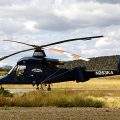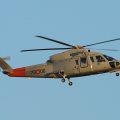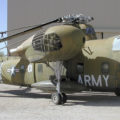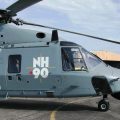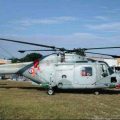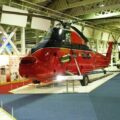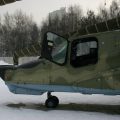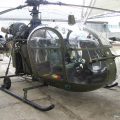
Westland Wasp | |
|---|---|
| Country | UK |
| Role | Shipboard anti-submarine helicopter |
| Period | 1963-2000 |
| Built | 133 |
The Westland Wasp was a small 1960s British turbine powered, shipboard anti-submarine helicopter. Produced by Westland Helicopters, it came from the same P.531 programme as the British Army Westland Scout, and was based on the earlier piston-engined Saunders-Roe Skeeter. It fulfilled the requirement of the Royal Navy for a helicopter small enough to land on the deck of a frigate and carry a useful load of two homing torpedoes.
Source: Westland Wasp on Wiki
| Westland Dutch MLD Wasp Walk Around | |
|---|---|
| Photographer | Cees Hendriks |
| Localisation | Unknow |
| Photos | 160 |
Related kits:

Find kits on eBay:
The Westland Wasp was a small helicopter designed for anti-submarine warfare (ASW) missions on board naval ships. It was developed by Westland Helicopters in the 1960s, based on the earlier Saro P.531 prototype and the Saunders-Roe Skeeter helicopter. The Wasp had a distinctive four-wheeled undercarriage that allowed it to land and take off from small and moving decks. It also had a negative pitch capability that enabled it to stick to the deck until secured by lashings. The Wasp could carry two torpedoes or missiles under its fuselage, or various depth charges under its wings. It had a single Bristol Siddeley Nimbus turboshaft engine that gave it a maximum speed of 193 km/h and a range of 490 km. The Wasp entered service with the Royal Navy in 1963, and was also exported to several other countries, including Brazil, Indonesia, Malaysia, the Netherlands, New Zealand and South Africa. The Wasp saw combat action in several conflicts, most notably in the Falklands War in 1982, when it damaged the Argentine submarine ARA Santa Fe with AS-12 missiles. The Wasp was retired from service in 2008 by the Royal Malaysian Navy, the last operator of the type.
Views : 3704
